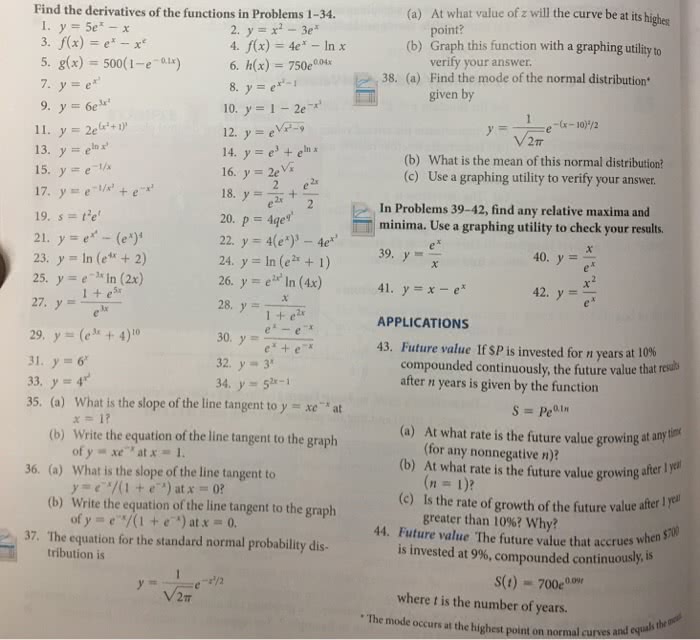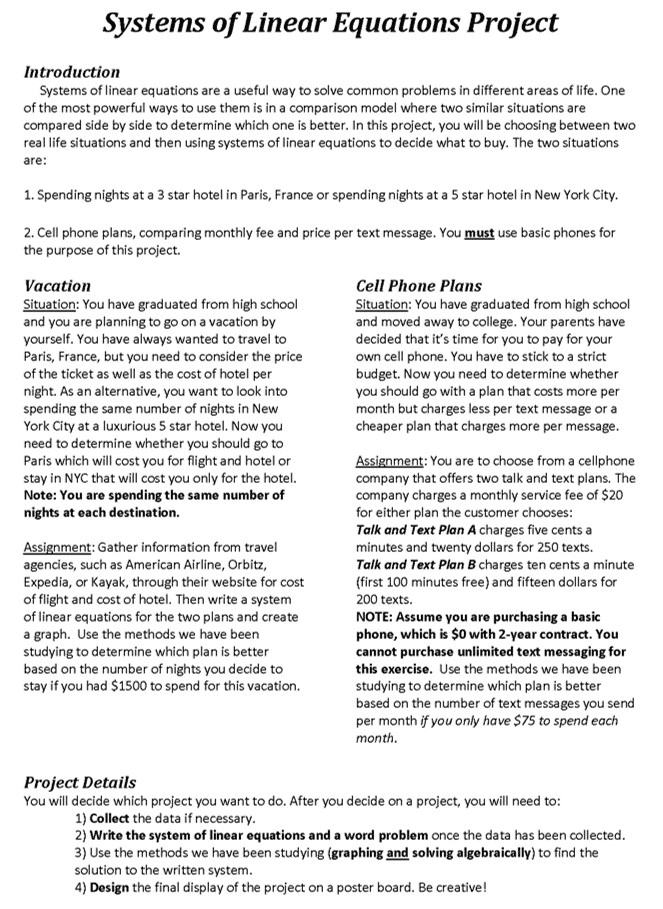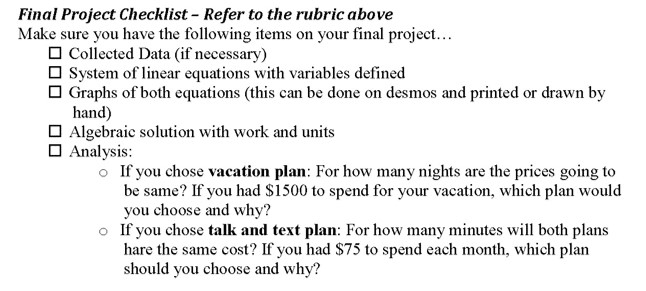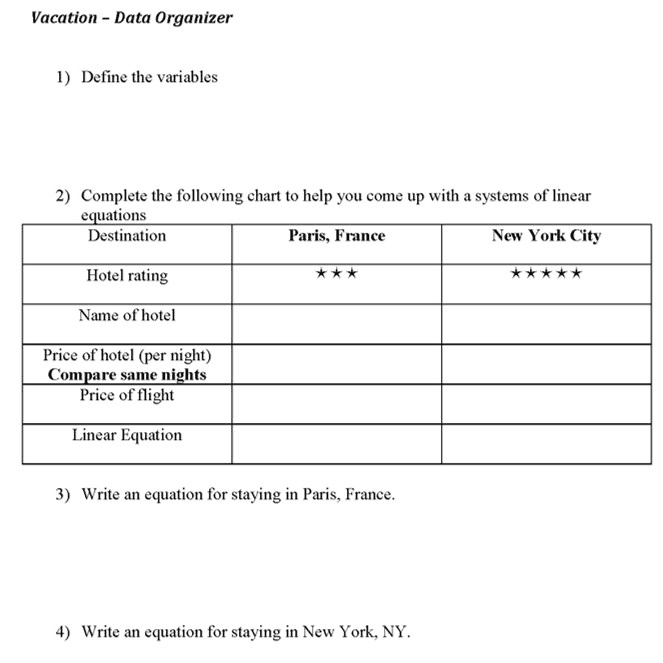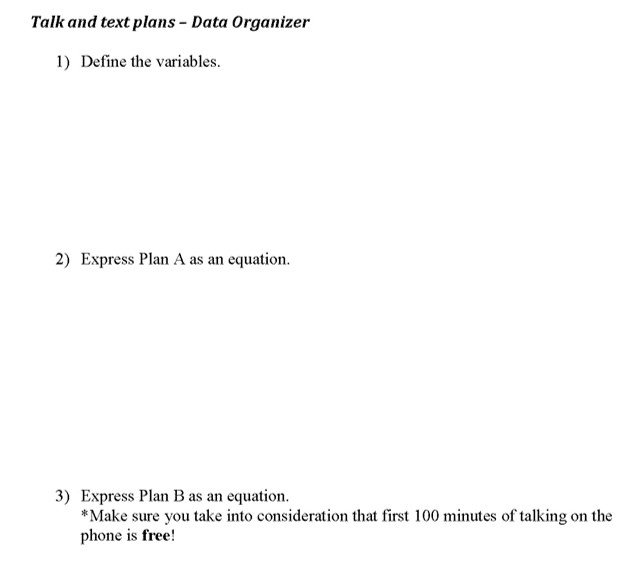MATH 110 Lecture 31: Number Problems
55 views5 pages
Document Summary
When 6 times a number is increased by 4, the result is 40. First, circle what you must find(cid:1680) the number. Letting x stand for the number gives the equation. If the sum of the two numbers is 39, find the smaller number. First, circle what you are looking for(cid:1680) the smaller number. Now, let the smaller number equal x. therefore, the larger number equals x + 5. If one number is three times as large as another number and the smaller number is increased by 19, the result is 6 less than twice the larger number. First, circle what you must find(cid:1680) the larger number. let the smaller number equal x. Therefore, the larger number will be 3 x. Now, using the problem, set up an equation. Therefore, the larger number, 3 x, is 3(5), or 15. The sum of three consecutive integers is 306.


